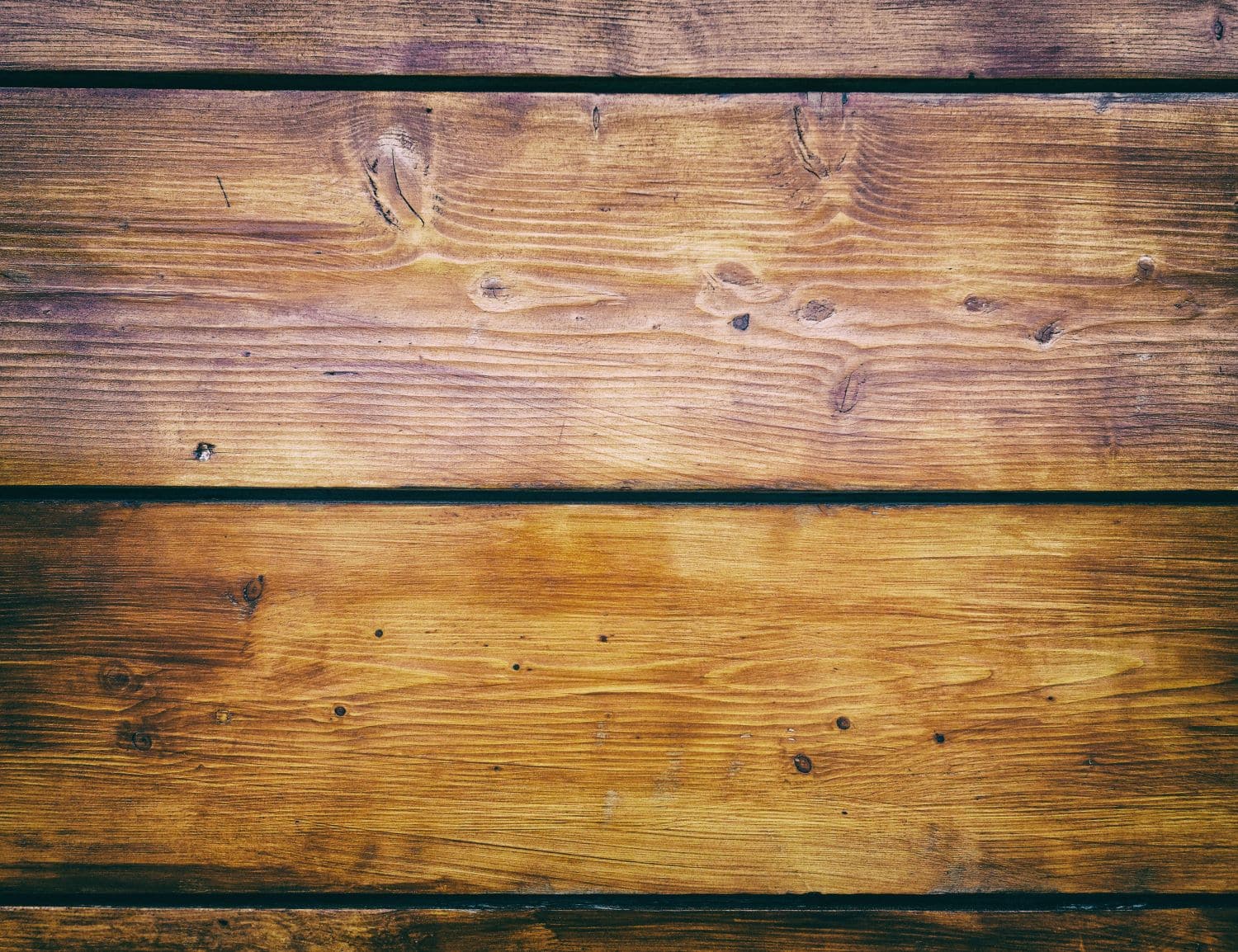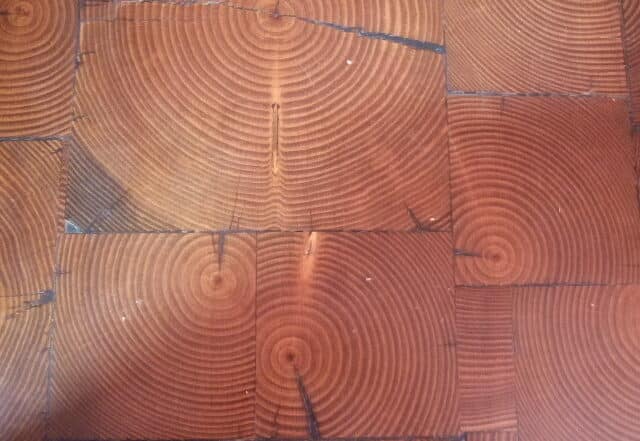Wide Plank Reclaimed Wood Flooring: Cost, Benefits, & Style Options
The country is full of synthetic vinyl furniture options. From desks and cabinets to flooring, many people want the cheapest and fastest option. However, if you’re a homeowner that cares more about the environment and the longevity of the materials in your home, you may be looking for a more premium option. Wide plank reclaimed wood flooring is one of the rarest and most

By mrtimbers | Updated July 25, 2022
The country is full of synthetic vinyl furniture options. From desks and cabinets to flooring, many people want the cheapest and fastest option. However, if you're a homeowner that cares more about the environment and the longevity of the materials in your home, you may be looking for a more premium option.
Wide plank reclaimed wood flooring is one of the rarest and most beautiful flooring options you can find. Let's explore:
- What makes wide plank and reclaimed wood different
- Pros, cons, and benefits
- Average costs
- Design & style options
What Is Wide Plank Flooring?
Wide plank flooring differs in appearance from the standard 2.5 to 4-inch boards that make up the majority of flooring. Instead, wide plank flooring boards range anywhere from 6 to 20 inches in width.
Wide plank flooring offers a unique and elegant style that many homeowners find appealing. Manufacturers can produce wide planks with either a smooth texture found on most other types of hardwood flooring or with a vintage distressed nature that resembles reclaimed wood. (We'll get to that shortly.)
Pros and Cons of Wide Plank Flooring
Not everyone will find wide plank flooring as enticing as others. While it is considered a high-end design option, there are some pros and cons to consider before getting your heart set on wide plank floors.
✅ Pros
- Works great in rustic styles and decor
- Increases home value
- Fewer seams in the floor
- Creates a classic, upscale look
❌ Cons
- Considerably more expensive than other flooring options
- Limited availability
- Must be special-ordered
- Can warp in extreme climates
Since these floorboards are much broader and longer than traditional flooring boards, they can only be taken from certain trees that are large enough to accommodate. This means there's much more scarcity for wide plank flooring, which is why most wide plank floor boards are sourced from reclaimed wood. Let's take a closer look.
What About Reclaimed Wood Flooring?
If you've never heard of reclaimed wood or are starting to get more familiar with it— you're in a great place to learn more! Reclaimed flooring comes from other wood materials that people previously used in a building elsewhere. Reclaimed wood is commonly sourced from places like:
- Old barns
- Railroad trestles
- Factories
- Industrial warehouses
Most of the wood was harvested anywhere from 100 to 300 years ago! You may think that old, recycled wood doesn't sound attractive, but that couldn't be further from the truth.
Reclaimed wood is highly sought after because of how rustic and unique it looks, especially compared to the mass-produced vinyl or laminate wood copycats that dominate today's market.
Reclaimed wood can be used for a wide variety of home uses, like:
- Cabinets
- Shelves
- Countertops
- Tables
- Decks
- Wall paneling
- Wall decor
And, of course, flooring!
Usually, reclaimed wood floors are made from wood from other parts of a building rather than old flooring. Keep in mind that you won't be able to find reclaimed wood flooring at big box hardware stores. You'll need to order it with a special reclaimed wood provider like Manomin Resawn Timbers.
Benefits of Reclaimed Wood
If you're wondering why you should consider reclaimed wood flooring over a synthetic option that you can find at any hardware store, consider these impressive benefits.
- Eco-Friendly and Sustainable: It's no secret that recycling materials vs. creating new ones is good for the environment. When you utilize reclaimed wood, you help limit new trees from being cut down. New wood also requires sawing, transporting, and processing, while reclaimed wood doesn't rely on as much fossil fuel use. When you use a material that otherwise would've been disposed of, you lend a major helping hand to the environment.
- Durable: Reclaimed flooring has hundreds of years of history of being exposed to the elements, foot traffic, and other exposures. Because of this, reclaimed products are less reactive to moisture and temperature and are typically harder, providing extra durability. Reclaimed barn wood flooring lasts much longer than new wood, which increases your ROI and home resale value.
- Unique Design: When you opt for mass-produced standard flooring options, you get just that: a product that looks like it was mass-produced. One of the most exciting benefits of reclaimed wood floors is that they look utterly unique with grains, knots, and other charming characteristics. You may even be able to find reclaimed products from trees that are now incredibly rare or even extinct.
- Variety of Styles: Reclaimed wood flooring is just as unique as the former buildings it came from. There's a never-ending variety of styles to choose from if you want to pursue reclaimed wide plank flooring. The styles are always unique, so you're guaranteed to find something you love.
How Much Does It Cost?
For the sake of transparency: both reclaimed wood and wide plank flooring are on the more expensive side of available flooring options. So, when you combine the two, you can expect a higher price tag. (Although reclaimed wide planks are more affordable than brand new ones.)
Reclaimed wide plank flooring is more expensive because the materials are harder to source (you can't mass-produce them), and it requires more specialized labor for the installation. The installation requires knowing how to choose the exact pieces, match the wood grains, and eliminate cupping between boards.
You can expect to pay around $10 to $20 per square foot for reclaimed wide plank flooring, but this price can go up depending on the species of wood and your location. Plan on budgeting for at least an extra $2-8 per square foot for installation costs.
Design & Style Options
Reclaimed wide plank flooring has a striking appearance with textured surfaces. It lends itself beautifully to traditional-style homes or rustic designs. Wide plank flooring also has fewer seams between boards than traditional flooring, so there's less interruption of lines. The wood is truly the superstar and center of attention if you opt for this kind of flooring.
Wide plank floors aren't perfect for every interior design style, however. If you want a bright, airy, and ultra-modern interior design, reclaimed wood floors may feel out of place. But since this type of flooring is so striking, most homeowners find themselves styling their rooms based on the type of wood on their floor.
Find Wide Plank Reclaimed Wood Flooring Near You
As we mentioned earlier, you can't find reclaimed wide plank flooring at Lowes or Home Depot. You'll need to work with a verified supplier of reclaimed wood. Here in Minnesota, Manomin Resawn Timbers has been leading the game in supplying reclaimed wood to home and business owners in the Midwest.
Our expert team can guide you and help you find the perfect wood species and color for your upcoming flooring project. Reach out to learn more or to schedule a time to visit our showroom!
End Grain Wood Tile Flooring: An Excellent Pattern For Strength and Beauty
If you are searching for a truly unique option for your hardwood floors, end grain wood tile brings an extra level of detail and history that is unmatched by any other form we offer. At Manomin Resawn Timbers, we believe that the best […]
5 Box Beam Ceiling Features: Beauty and Craft Above It All
A box beam ceiling is a visually striking way to bring warmth, structure, and architectural interest into a space. Rather than being carved from a single timber, box beams are hollow, built from carefully joined planks to create the illusion of a solid […]

